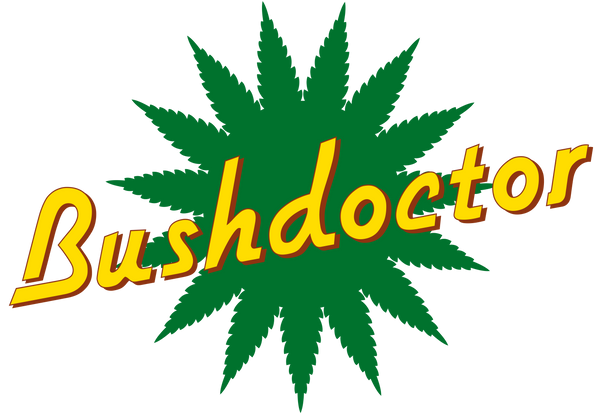HLVd – The hop latent viroid
Share

HLVd: The silent enemy in the grow room
HLVd (Hop Latent Viroid) is a tiny, envelopeless RNA parasite that weakens hemp and cannabis. While not fatal, it massively reduces yield and quality.
Transmission – mostly via invisible channels
- Cuttings & mother plants: Can introduce HLVd – even if outwardly healthy
- Tools: Scissors, gloves & machines transmit viroid residues that remain infectious for weeks
- Water: Drainage can contribute to spread
Symptoms – (almost) inconspicuous, but destructive
- Growth disorders: Smaller size, thin stems, shortened internodes
- Chlorosis & weak foliage
- Yield loss: Fewer or smaller buds & trichomes, up to 50% loss of cannabinoids and terpenes
What to do if your plants are infected
| Step | measure |
|---|---|
| ✅ Testing | RT‑qPCR after quarantine |
| 🚫 Removal | Dispose of infected plants radically |
| 🧼 Disinfect | Treat tools with 10–20% bleach solution or heat |
| 🔁 Control | Check mother plants and cuttings regularly |
✅ Testing – RT‑qPCR after quarantine
After purchasing or growing new plants, you should first quarantine them, meaning keep them separate from other plants. Then you can have an RT-qPCR test performed. This is a laboratory procedure that very accurately detects whether the hop latent viroid (HLVd) is present in the plant – even if no symptoms are visible.
🚫 Removal – Dispose of infected plants radically
If a plant tests positive for HLVd or shows typical symptoms, you should remove it immediately and completely – ideally including roots and soil. Otherwise, the viroid can quickly spread to other plants and infect your entire grow room.
🧼 Disinfect – Treat tools with 10–20% bleach solution or heat
HLVd can stick to tools such as scissors, knives, or gloves and be transmitted that way. Therefore, you should thoroughly disinfect these tools before and after use. It's best to use a 10 to 20 percent bleach solution (i.e., highly diluted chlorine bleach) or treat the tools with heat (e.g., over 70°C) to kill any remaining viroids.
🔁 Control – Check mother plants & cuttings regularly
Since new plants are often grown from cuttings taken from mother plants, it's important to check these mother plants regularly. This allows you to detect early on whether the viroid has crept in before you inadvertently spread it to many new plants.
Conclusion
HLVd is usually invisible, but the damage is still real and noticeable – prevent infections through hygiene, testing, and strict quarantine. If your plants do get infected, quickly isolate, remove, and disinfect them.
